How to help our children manage their emotions around the climate crisis. It’s a hot topic.
Helping our children manage those big feelings can be tricky. It’s hard enough for adults. Navigating these moments in parenting can feel a lot like stumbling in the dark. When I can’t find the words myself, I turn to books. Both for myself and my child.
There are books galore on climate science, but hardly any on how to support our children’s emotional response around inheriting a climate changed world.
David Sobel is an education writer and the author of a book called Ecophobia, which is also the name he gave to the phenomena of children dissociating from the natural world as a result of fear stemming from taking on adult’s ecological concerns. Sobel underlines the importance of age-appropriate handling of serious ecological issues and recommends nurturing a strong connection with the natural world as a foundation to later awareness about ecological issues. His motto is ‘No tragedies before 4th grade’, that’s about ten years old.
We know that prolonged despair and feelings of helplessness can lead to depression and anxiety. We also know that talking helps, tools like those of cognitive behavioural therapy work and that channelling that hard stuff into positive action is important. I suspect hope is key too. Hope is found in resilience, being mindful and in being able to imagine life in a changed world.
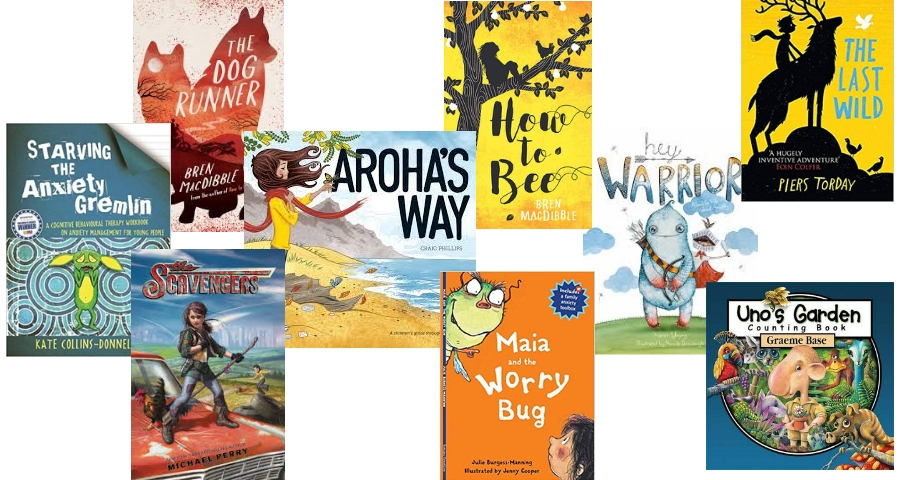
I’ve come up with a mix of books with tools for dealing with anxiety or big feelings, connecting with nature (especially for younger readers), stories about resilience and hope for a more sustainable life in a post-climate changed world.
Books for younger readers are listed first, down to books for preteens/teens.
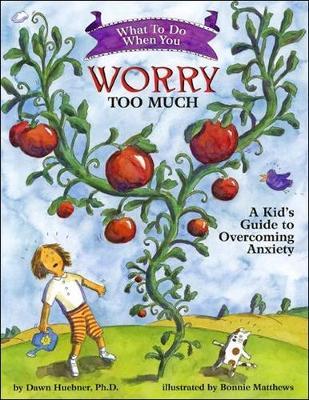
What to do when you worry too much, by Dawn Huebner
This is a junior self-help book using cognitive behavioural techniques with lively illustrations and a judicious use of humour to help kids work through their anxiety. Designed to be read with parents as well as by young readers. Suitable for ages 6-12.
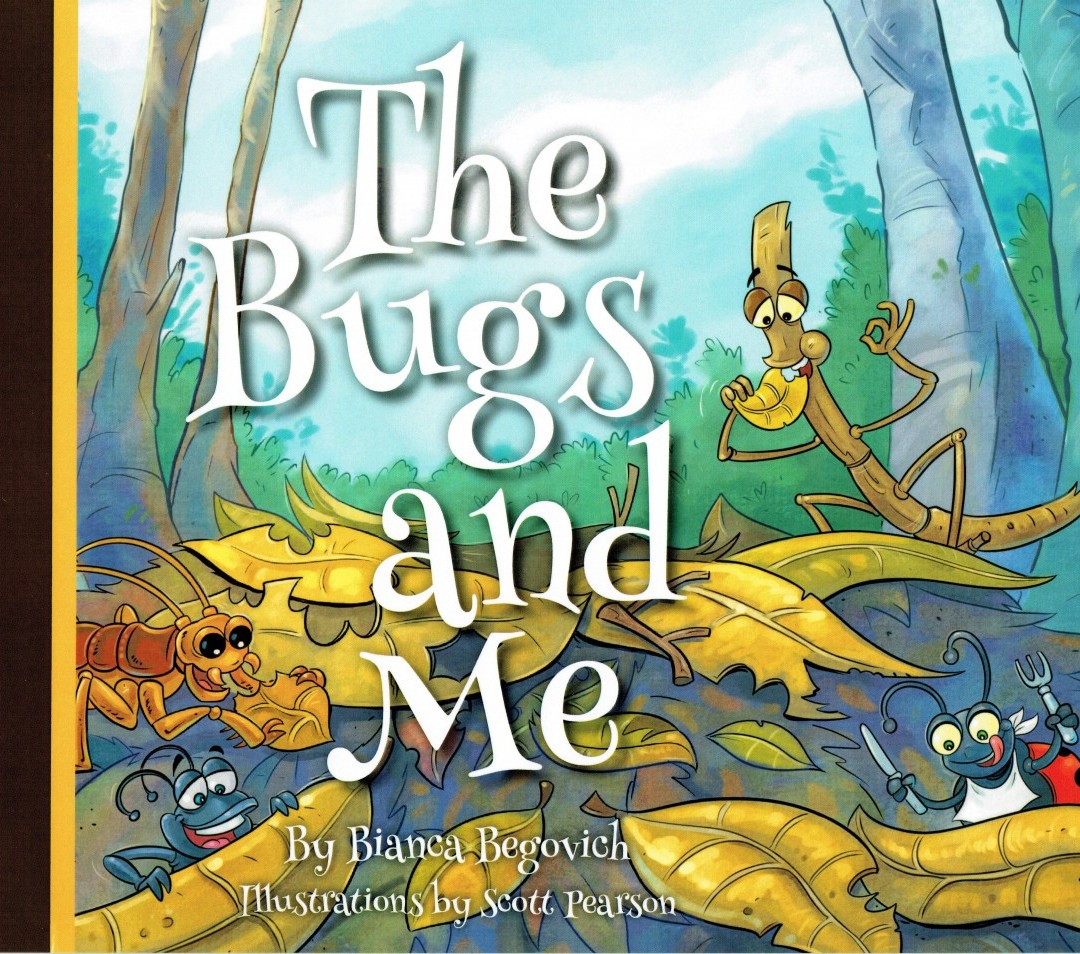
The Bugs and Me, The Sea and Me and The Trees and Me are a series by NZ environmentalist, writer and performer Bianca BegovichThis trio of books looks at the importance of diversity in soil, draws a picture of the result of overfishing, and explores the role trees play in the ecosystem.
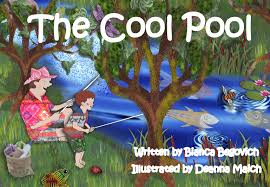
The second series also has three titles, The Cool Pool (about river restoration), The Honey Hub (how to save the honeybee) and The Neverending Sunflower (a story about growing plants). All Bianca’s books serve to connect children to the natural world and open understanding about the connectedness of all life.
Both this and the series above are for all ages with a focus on 4–8 year olds.
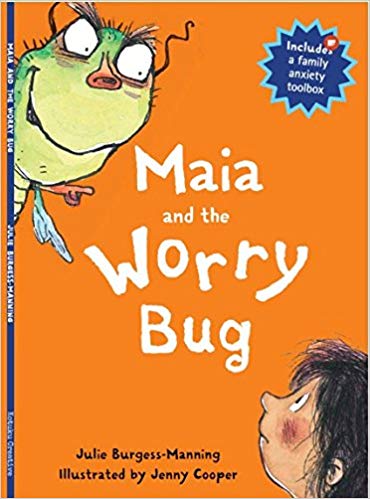
Maia and The Worry Bug and Wishes and Worries are both by Julie Burgess-Manning and Sarina Dickson
Dickson writes from experience, as a parent and teacher in post-earthquake Christchurch, with Burgess-Manning adding her expertise as a psychologist. Both books are accessible, break anxiety into relatable concepts and could be used up to pre-teen age. Maia and the Worry Bug tells the story of a family affected by an unwelcome visitor, The Worry Bug, and how they get rid of it.
Maia and the Worry Bug is suitable for kids up to 10.
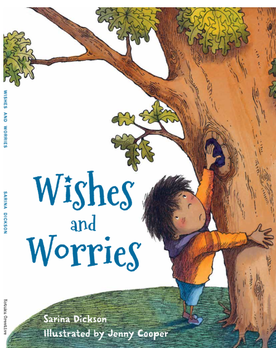
Wishes and Worries is pitched at slightly younger children. It is the story of Dan, who struggles with worries during his day but finds he can get rid of them by putting them in to the gnarly knot of a tree.
For ages 4–8.
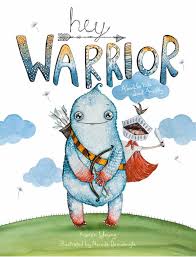
Hey Warrior, by Karen Young
Explains anxiety in a way younger kids can understand, empowering them through knowledge and tools to help. Great resource and we loved the illustrations. It’s a picture book, but may appeal to kids up to ten.
Suitable for school-aged kids.
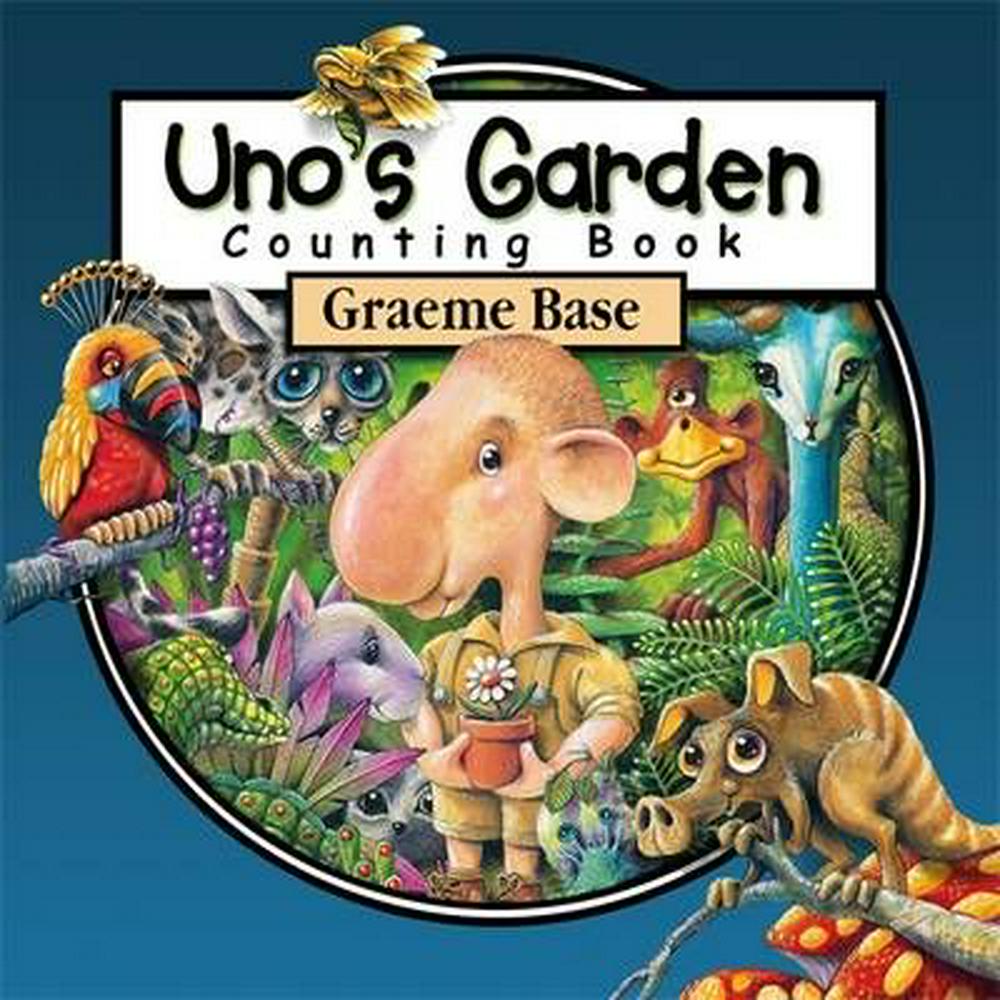
Uno’s Garden, by Graeme Base
When Uno arrives in the forest it is full of amazing plant life and creatures. He builds a small dwelling and over the years other people move to the forest. The few dwellings turn into a village, a town, and then a city. On each turn of the page there is a count of creatures and wildlife which makes for a kind of hide and seek the kids love, with the maths of what creatures are not to be found adding to the drama of the book. It’s a story of environmental degradation and extinction but ultimately one of hope, as a new world of respect and balance grows out of the barren chaos. The books shows how we can learn from our mistakes and find a more sustainable way of life. This one is a household favourite.
Described as being for ages 4–8, there is plenty in here for older kids, making it a great multi-child read aloud.
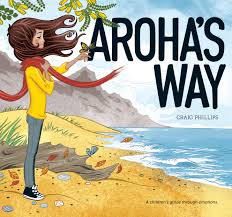
Aroha’s Way, by Craig Philips
This book takes us on a journey with Aroha, as she learns to deal with nervousness, fear, worrying thoughts and apprehension with simple tools everyone can use. There’s a section for parents and teachers at the back explaining the tools in more depth.
Recommended for school-aged kids.
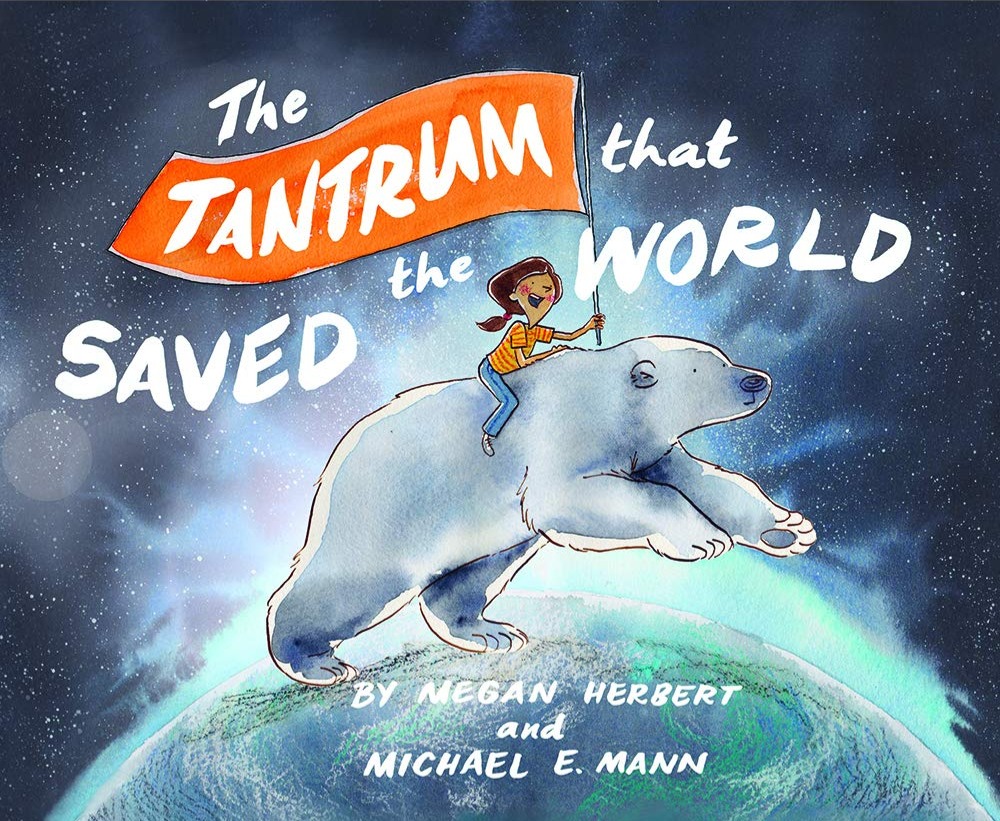
The Tantrum that Saved the World, by storyteller Megan Herbert and climate scientist Michael Mann
The world’s first carbon neutral book. The authors wanted to talk to kids about what is happening to the planet without terrifying them, or boring them senseless with dry science speak while also giving tools to manage strong emotions around the climate crisis. They looked for that book but realised it didn’t exist and began the work of writing it. It’s part picture book, part non-fiction and part action plan. They’ve done a fabulous job. All 681 people who funded the book on Kickstarter thought so too. Recommended for school-age kids.
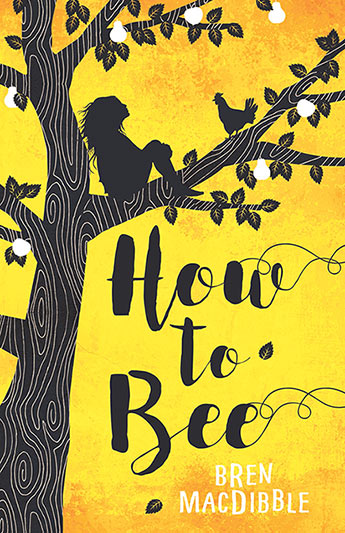
How to Bee, by Bren MacDibble.
How to Bee was MacDibble’s first novel for children and has won all kinds of awards. She grew up on farms all over NZ and now lives in Australia. Set in a severely climate change affected world, Peony lives with her sister and grandfather on a fruit farm. Bees are extinct and the nimblest kids do the work of pollinating. Peony is one of them, but things take a twist when her mother arrives to take her away. Ages 8–12.
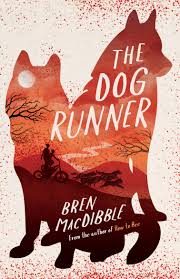
The Dog Runner, also by Bren MacDibble
Another chapter book set in a post climate change world. This is a fast-paced adventure story about two kids on a mission to find their mum in a world where food security is a thing of the past. It’s about resilience and gives hope that there can be a new kind of life in the future. For ages 10–14.
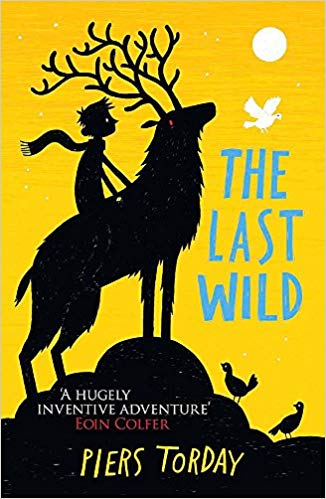
The Last Wild, by Piers Torday
There are no animals left in Kester Jaynes’s world. He is living in a home for troubled kids when he hears the voices of a pigeon and a militaristic cockroach. They convince him that he is not losing his mind and fly him to where the last animals have taken refuge. They need his help. Together they embark on a quest to save the animals. It’s an adventure story of tenacity, connection and being able to draw strength from wells deeper than you thought. This is the first book of The Dark Wild trilogy. Suitable for ages 8–12
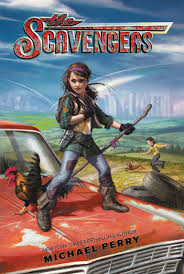
The Scavengers, by Michael Perry
This is such a rollicking good read that the characters and some of their quirks have wormed their way into our family lexicon. The world as we know it has collapsed. The government set up Bubble cities to protect those citizens who did as they were told, but our main character Maggie and her family chose to remain Out Bubble. Maggie changes her name to Ford Falcon to reflect toughening up to the realities of zombie-like humans called Grey Devils, subsisting on what they can scavenge, grow or catch and the perils of hyper evolved predators.
With themes of resilience, survival and adaptability, this is another book to reassure kids that there is a good life to be lived, but in a more sustainable way. One reviewer called it ‘the Boxcar children meets the Hunger Games’. This one is for the pre-teens and early teens.
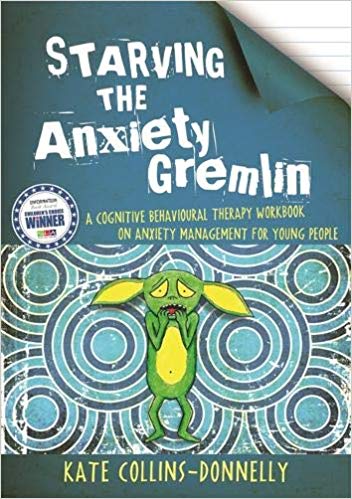
Starving the Anxiety Gremlin: A Cognitive Behavioural Therapy Workbook on Anxiety Management for Young People, by Kate Collins-Donnelly
This is a well laid out, easily digestible workbook that outlines what the different anxiety disorders are, guides through mapping out your own customised anxiety challenges and gently but firmly walks us through different exercises to explore our anxieties and gives a range of tools to get anxiety under control. Interspersed throughout are stories of other young people’s experiences, making it completely relatable. These are tools we can all use, whether we have severe anxiety or not. An awesome resource and could be used from age ten and up through teen years.
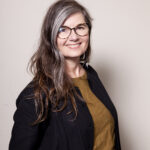
Anissa Ljanta
Anissa is an award-winning writer, ND specialist coach, equity advocate and educator. She is passionate about working with care, education and health professionals to raise awareness and support the integration of the neurodivergent perspective in practice. Her approach is fiercely strength-based.A late-diagnosed neurodivergent, Anissa is autistic and ADHDifferent. She is a single mama, accidental animal rescuer, inadvertent killer of houseplants, and maker of exceptional guava jelly. Anissa has a long and colourful history working in the not-for-profit sector—systems change and inclusion are keywords for her. Writing is how she makes sense of the world. You can check out her website atwww.anissaljanta.co.nz



